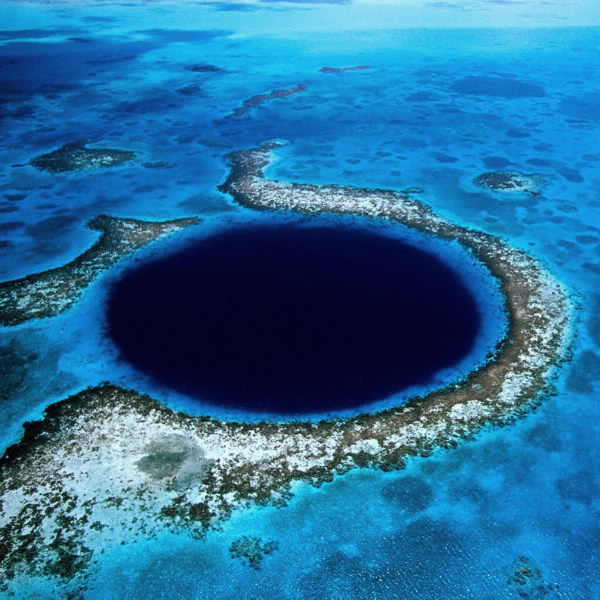A team of ANSTO scientists is playing a key role in an international study of the environmental impact of French nuclear testing in the South Pacific. The study follows Frances decision in January 1996 to cease testing and to ask the International Atomic Energy Agency (IAEA) to organise an independent study of the radiological situation on the two atolls Ñ Mururoa and Fangataufa.
 |
| An atoll is a circle of coral reef often built on the crater rim of a volcano. this sacred circle encases and protects one of the most diverse ecosystems on our planet.. Credit: Hooptricks |
To direct the study, in March 1996 the IAEA established an International Advisory Commission composed of senior scientists from 10 countries and four other international/regional organisations.
Australia is represented in the study by ANSTOs Executive Director, Professor Helen Garnett, who is a member of the International Advisory Commission which set the scope of the study, is monitoring its progress and will deliver its final report, and Dr Des Levins of ANSTO's Institute for Environmental Research. He is chairman of one of the two task groups established to undertake the study. Professor Garnett and Dr Levins recently returned from meetings in the South Pacific including a visit to the atolls.
Professor Garnett said the meetings in Suva and Tahiti were very successful.
'It is particularly pleasing to report that the French scientists have been very open in providing original data and other information to the international teamÓ, she said. ÒThe strong representation of South Pacific countries in the study is also pleasing, given the extent of public concern in the region'.
The international study is considering both the current situation on the atolls and the potential for future release of radiation from the underground cavities where the tests were carried out. Dr Levins, who heads the scientific team responsible for evaluating future release, stressed the importance of independent measurements to test the French claims.
'An international sampling team has already visited the atolls to measure radiation levels and collect samples of water and food items (such as coconut flesh and milk, fish and molluscs) representative of the Polynesian diet, he said.
"In a few months, we will be taking water samples from the underground cavities to measure the extent of any migration of radioactivity. This data will be used in mathematical models to predict the release of radioactivity from the test sites over a period of at least 10,000 years.' ANSTOs involvement in the study includes collecting and analysing some of the samples, as part of the IAEA team.
Mr Ron Szymczak, a marine chemist from ANSTO's Institute for Environmental Research, was a member of a team that collected and processed samples of water, sediments and marine plants and animals from Mururoa and Fangataufa.
Dr Claudio Tuniz and colleagues from ANSTO's Physics Division are responsible for measuring the concentration in the samples collected of a particular isotope of iodine, I-129, a ÒtelltaleÓ fission product from nuclear tests.
ANSTO is one of only a handful of laboratories in the world that can carry out these measurements using accelerator mass spectrometry, an extremely sensitive and powerful technique.
"First we extract iodine from the water sample in the form of silver iodide and then measure the rare isotope I-129 using the tandem accelerator. Because I-129 has a half-life of 15.7 million years, it is very useful as a long-term signature of nuclear activity," Dr Tuniz said.
ANSTO has 33 samples to analyse and has just completed measuring 10 water samples. "However, it will be some time before the data from all the samples is analysed and any conclusions drawn. It is a lengthy process," Dr Tuniz said.
Between 1966 and 1996, France carried out 193 nuclear tests on the two atolls. There was widespread criticism of the testing program- especially in Australia, New Zealand and other South Pacific nations.
France has always maintained that the tests were completely safe but until now it has been impossible for their claims to be properly assessed by independent scientists. The international study is due to report its findings in early 1998.
Published: 18/07/1997


